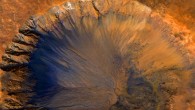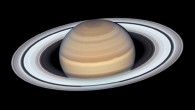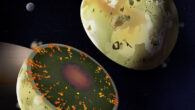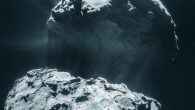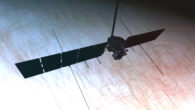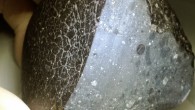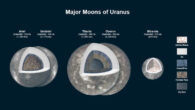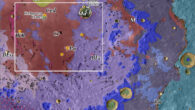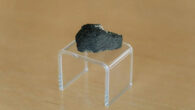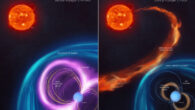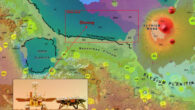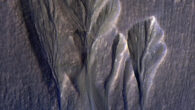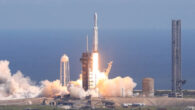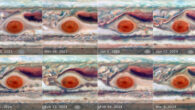Planetary scientists using the High Resolution Stereo Camera on ESA’s Mars Express spacecraft have captured stunning images of an enigmatic landscape in the Australe Scopuli region of the Red Planet’s southern hemisphere. Frosty scene in the Australe Scopuli region at the south pole of Mars. Image credit: ESA / DLR / FU Berlin. “Here, swirls of carbon dioxide ice and dust layers wrap around the scene, turning the Red Planet white,” the ESA...


